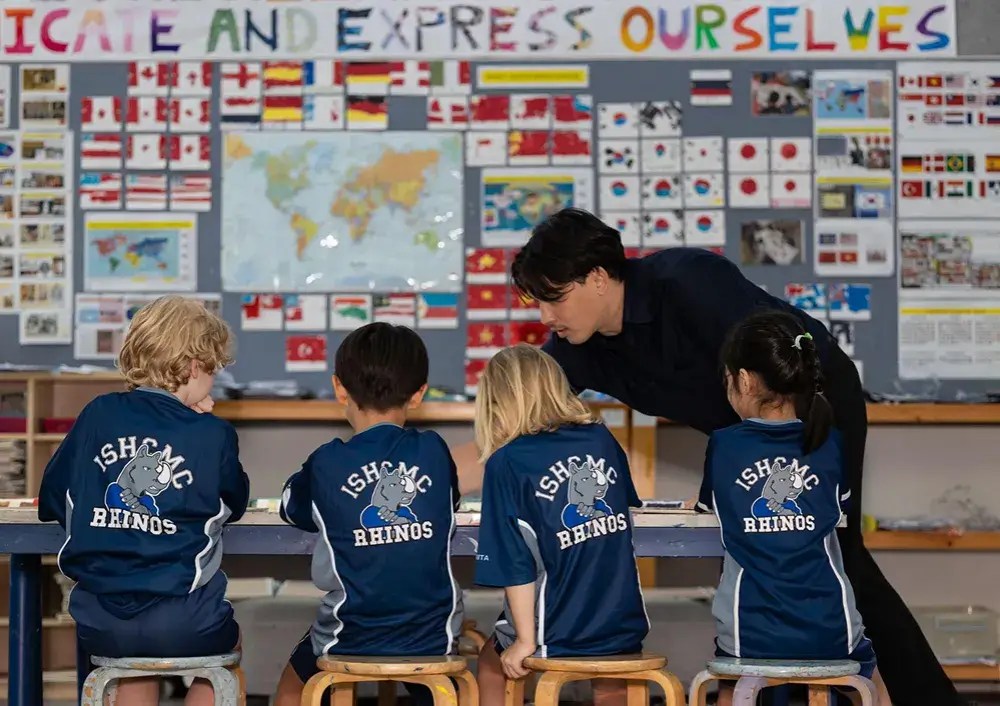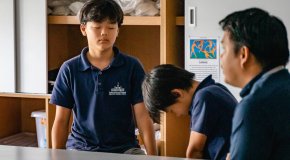Cross-Cultural Kids and Belonging at ISHCMC
In today’s global world, many children grow up moving between countries, cultures, languages, and communities. These children are often referred to as Cross-Cultural Kids (CCKs). CCKs navigate unique experiences that shape their identities and views of the world.
What do Cross-Cultural Kids (CCKs) mean?
Ruth E. Van Reken defines a CCK as “someone who is living or has lived in, or meaningfully interacted with, two or more cultural environments for a significant period of time during their first eighteen years of life”. CCKs belong to and grow up in different cultural environments. They have a rich and complete sense of identity. They can range from students who are from the local culture but attend an international school in their city, to multicultural children, to Third Culture Kids (TCKs).
What do Third Culture Kids (TCKs) mean?
TCKs, as originally defined by Dr. Ruth Hill Useem, are children of expatriate parents who reside in countries outside of their passport country. These children develop a third culture, which is a blend of their parents’ culture, the host country’s culture, and a global perspective developed through shared experiences with others living internationally. The first culture is the legal culture of the child based on their birth certificate and passport. The second culture is the geographical cultures the child has experienced. The third culture is based on relationships and the lived experiences of the child. The third culture fosters the ability for TCKs to adapt well to new situations, as they have learned through experience how to relate to and understand others and themselves.
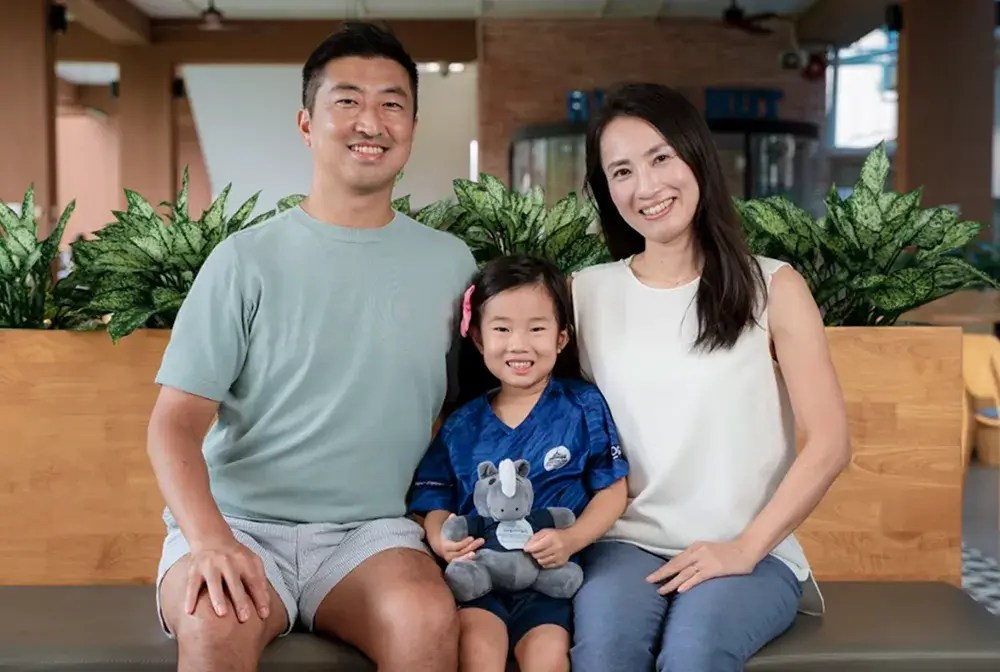
What are the Key Differences Between Third Culture Kids & Cross-Culture Kids?
Although Cross-Cultural Kids (CCKs) and Third Culture Kids (TCKs) share many overlapping experiences, several aspects help to understand how their journeys differ. In essence, all TCKs are Cross-Cultural Kids, but not all Cross-Cultural Kids are TCKs.
1/ Mobility and Living Experience
A primary difference lies in movement. CCKs may grow up in one country while regularly interacting with multiple cultures through their family, school, or community. In contrast, TCKs live outside their parents’ passport country for an extended period of time, experiencing daily life within a new cultural setting.
For example, a child in Vietnam with parents from different nationalities who attends an international school is a Cross-Cultural Kid. A child from Japan living in Germany due to their parents’ work is a Third Culture Kid.
2/ Depth of Cultural Immersion
While both groups engage with more than one culture, the depth of that engagement varies. Cross-Cultural Kids often encounter cultural diversity through relationships and surroundings, whereas Third Culture Kids live within and adapt to another culture entirely. Their sense of cultural understanding comes from both observation and lived experience.
3/ Identity and Sense of Belonging
Cross-Cultural Kids often integrate elements of different cultures into their sense of self, forming an identity that reflects multiple influences. Third Culture Kids, however, create a blended “third” culture that exists between their parents’ home culture and the host culture. Their belonging is often tied to shared experiences with others who have lived internationally rather than to a single nationality.
4/ Adaptability and Resilience
Frequent moves and transitions encourage Third Culture Kids to become highly adaptable and resilient. They learn to adjust quickly, form new relationships, and understand different perspectives. Cross-Cultural Kids also develop strong adaptability through exposure and communication across cultures, though their stability of place provides a different kind of balance.
5/ Community and Connection
For many TCKs, connection is relational rather than geographical. They often feel most at home with others who have shared similar international experiences. CCKs, meanwhile, may find belonging through shared heritage or cultural understanding within their home environment. Both develop an ability to connect deeply across cultural lines.
The Strengths and Characteristics of TCKs
TCKs can bridge cultural differences as they have grown up seeing multiple ways of living, learning, and thinking. Some feel an expectation to eventually repatriate to their “home country” and have an identity in connection to an organization or business that supports their parents’ occupation. They can have high autonomy, resilience, and make friends easily. Their sense of belonging is often in relationship to others of similar background rather than a fixed identity of ethnicity alone. Many TCKs grow up speaking multiple languages and are exposed to different linguistic environments, which enhances their cognitive flexibility.
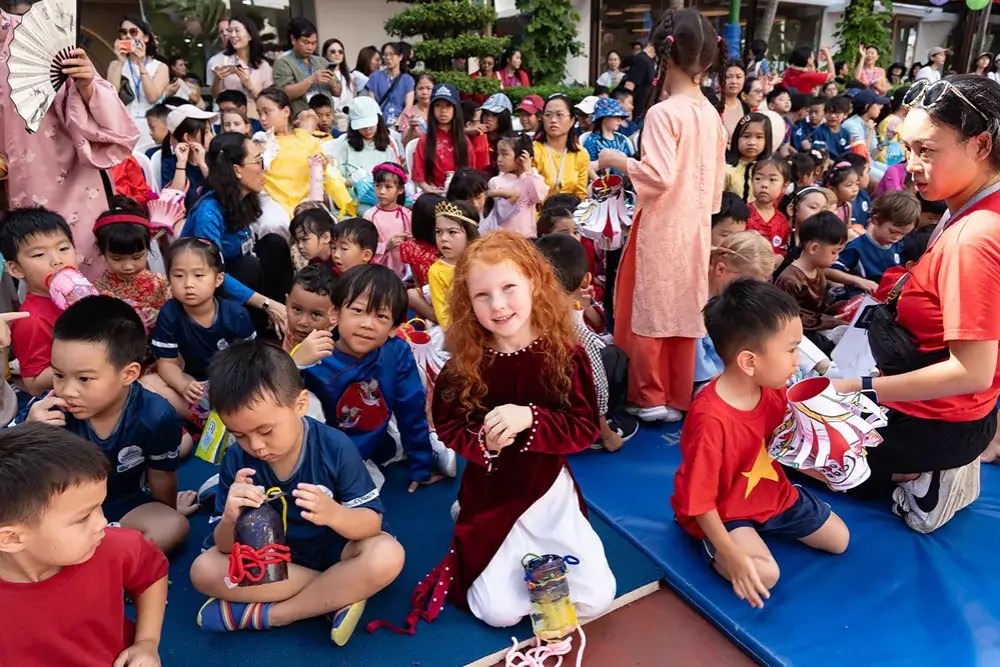
Challenges Faced by Cross-Cultural Kids
The cross-cultural lifestyle often supports the development of a rich worldview, but it can also come with a myriad of adjustment needs. Many experience frequent moves, shifting friendships, and continual adjustment. They live in a world where either they have stayed or others have left. The constant need to adjust can cause feelings of loneliness and sometimes unnamed loss. They can feel rootless as they feel “at home” everywhere and nowhere. Schools play an essential role in helping students and families to process their experiences in a healthy way and to build a sense of continuity and belonging.
The RAFT Framework at ISHCMC
Through ISHCMC’s pastoral program, students are taught about the RAFT framework in middle school and again in grade 12. The RAFT framework is based on the work of Ruth E. Van Reken and David E. Pollock to help children navigate the emotional and practical aspects of relocating, as outlined in their book Third Culture Kids: Growing Up Among Worlds. RAFT stands for: Reconciliation, Affirmation, Farewells, and Think Destination.
Step 1: Reconciliation
Reconciliation is the first step in building a RAFT. Students are encouraged to reconcile with people to make the relationship “right.” This can be with friends, teachers, neighbors, and even themselves, before moving on. It’s helpful to leave a place and relationships by resolving misunderstandings. This allows our students to start their new journey with peace and openness.

Step 2: Affirmation
Affirmation is taking opportunities to acknowledge and tell people how you feel about them. Share the gratitudes and say thank you to those who have helped you along the way. By affirming the place and the amount of time spent at a location, students can acknowledge their positive experiences to build emotional resilience and move forward with a sense of pride and accomplishment.
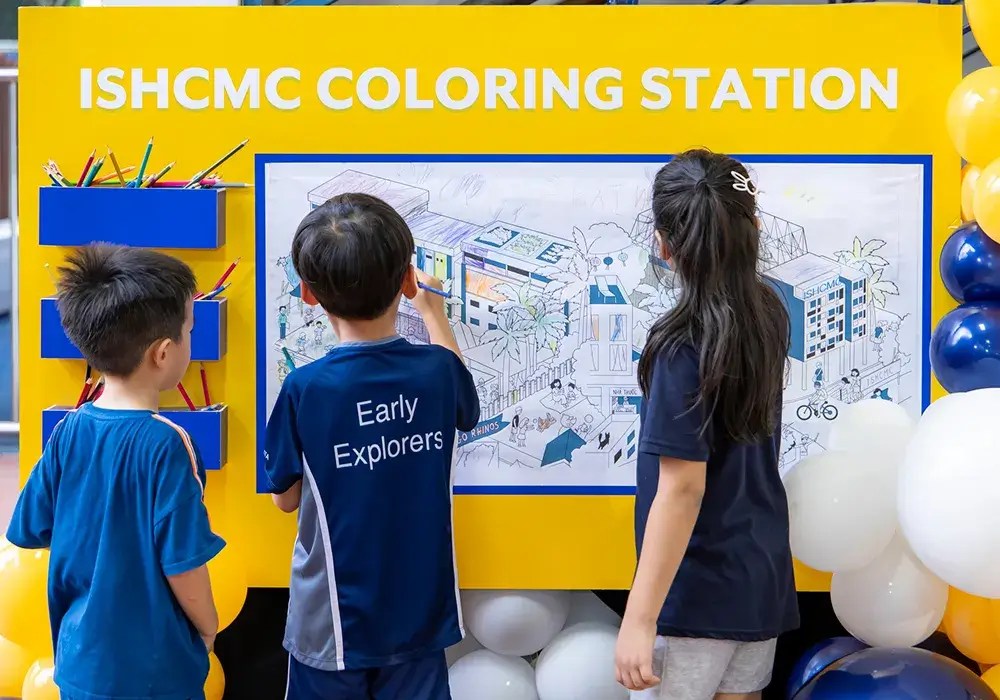
Step 3: Farewell
Farewell is recognizing the importance of students to honor their goodbyes intentionally. Change and transitions can elicit a multitude of feelings, from sadness to anger to loss. Intentional, proper goodbyes allow students to move forward. Students can set time to meet with their friends to share memories or write a meaningful letter or note to say farewell.

Step 4: Think Destination
Think Destination is allowing students to intentionally think about where they will be going next and to start preparing for change with curiosity. Students can think about the new destination on:
- What is the same?
- What is different?
- What is exciting or worrying about a potential destination?
- What information can be gathered about the new destination so there is comfort with the move?
Preparing mentally for a new chapter can help transform uncertainty into anticipation and control.
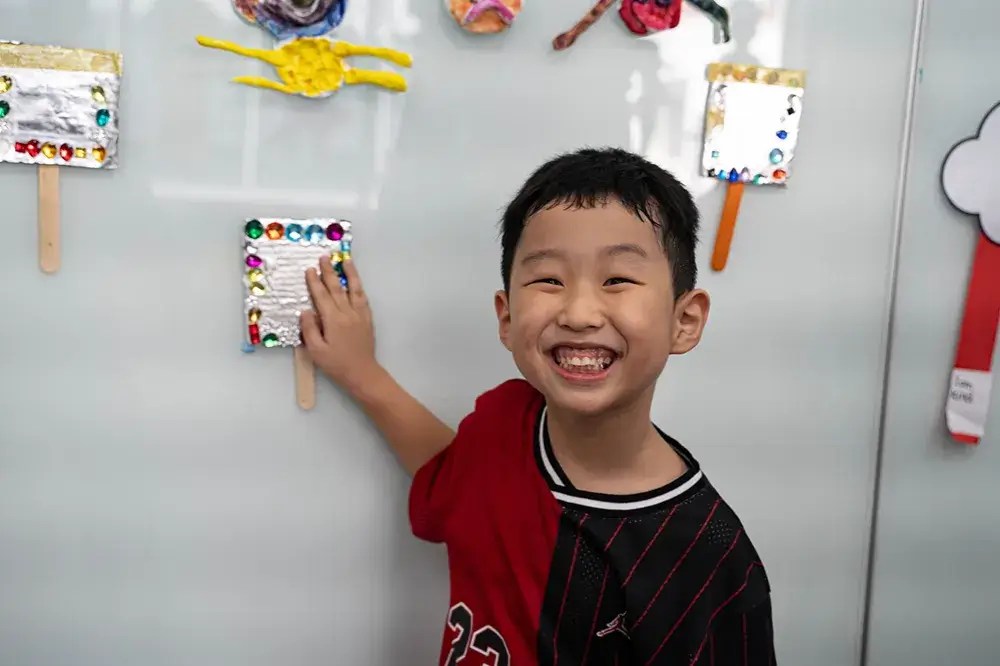
Helping Children Cope with Change
Children can become anxious and overwhelmed in situations they can not control. By utilizing a framework such as RAFT, students are given the tools to navigate one of life’s biggest challenges, saying goodbye while holding on to who they are.
Children rely on their parents as emotional anchors during transitions. How parents handle and model change shapes how our children experience them. Talking openly about change, identity, and loss supports children in understanding that their feelings are normal and safe to express.
Our social-emotional counselors present a Transitions: How to Leave Well Workshop twice a year for parents. In the session, parents learn about the positive and negative impacts of change for students. Parents are offered strategies on involving children in age-appropriate decision-making, planning goodbyes, maintaining rituals, and expressing feelings.
ISHCMC’s Parental Support Programs
Through direct support to students and parents, ISHCMC creates an environment of belonging, continuity, and emotional safety. ISHCMC celebrates the richness of global diversity by ensuring that each child is fully seen, supported, and empowered to thrive through the curriculum and programming.
Building Belonging and Global Citizenship at ISHCMC
As an International Baccalaureate (IB) continuum school, ISHCMC students are invited to explore identity, perspective, and global issues through our inquiry-based approach. Students are encouraged to share their stories, express their culture, and celebrate who they are within a global context.
FAQs
1/ What signs suggest my child is struggling with adjustment?
Look for changes like isolation, irritability, sleep issues, or loss of interest in activities they once enjoyed. If these persist, reach out to school counselors for additional support.
2/ How can I help my child feel more grounded in a new environment?
Keep some familiar routines and traditions from home. Encourage your child to share their culture at school and stay connected with friends from previous places. Consistency and open communication help children feel secure during transitions.
3/ How can we prepare our child for the next international move?
Discuss the move early, visit or research the new country together, and highlight positive opportunities ahead. Using frameworks like RAFT, Reconciliation, Affirmation, Farewell, and Think Destination, this helps make transitions smoother.

